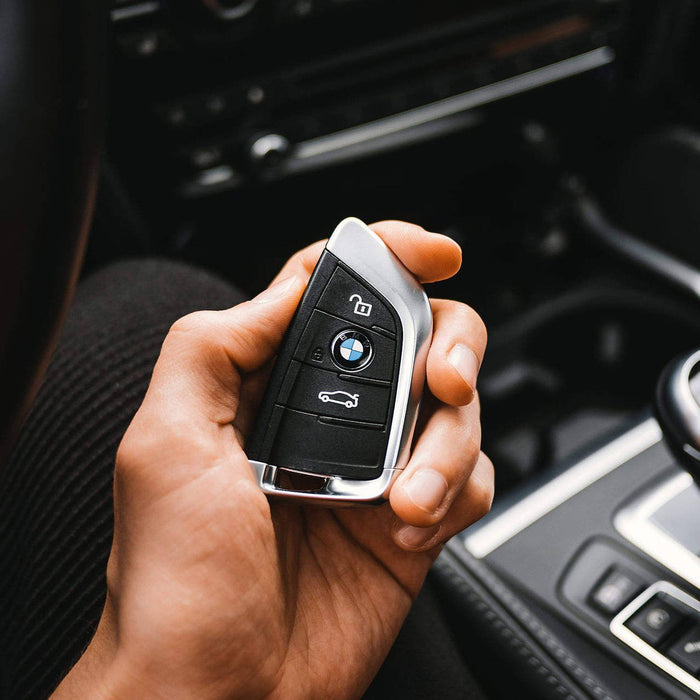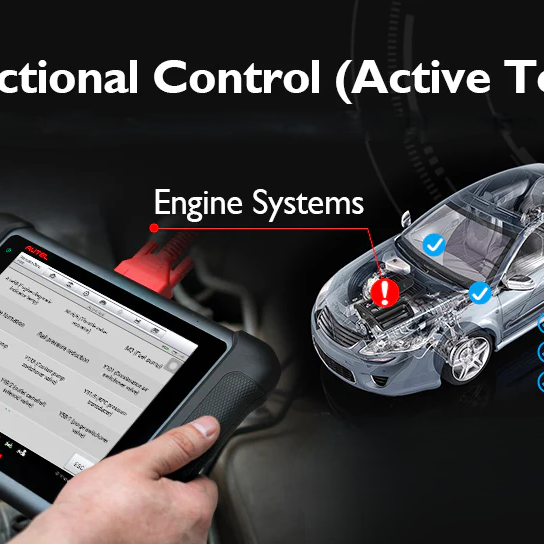How to locate and solve TPMS issues?
To locate and solve TPMS issues, you need to complete the following steps:
1) Use an Autel tool to activate sensors, read accompanying tire and sensor information and scan for trouble codes;
2) Depending on the detected TPMS code, repair or replace the damaged part/s. Codes may reference a faulty TPMS module, receiver, actuator, tire pressure sensor or circuit;
3) Clear trouble codes;
4) Relearn sensors after clearing codes;
5) Switch the ignition off and on again, start the engine, use the tool to scan the TPMS system to ensure the codes have been cleared and the TPMS light is off;
6) Drive your vehicle for 15 minutes to make sure the light does not display again.
1. Problem description:
The vehicle’s TPMS light displays with the messages “please check tire pressure” and “low-pressure condition”.
Solution:
1. Ensure the tires’ air pressure is consistent with the vehicle manufacturers recommended pressure. The vehicle tire placard, located on the door jamb of the driver door, will list the recommended air pressure. Check the tires for wear and leakage. It is best to inflate tires when they are cold.
2. Inflate the tires to 10-15 kPa (1.5 to 2 Psi) above the air pressure recommended on the tire placard. Wait 15 minutes and deflate the tire to the recommended pressure. Never inflate the tire more than 30 percent of its recommended value.
2. Problem:
The Autel TPMS tool does not read tire pressure information on my vehicle.
Solution:
Ensure that your vehicle employs a direct system with sensors to monitor tire pressure. If you are unable to verify if your vehicle uses a direct or indirect system, dismount tire, squeeze or separate its outer tube to see if a sensor is attached to the valve stem. Indirect systems do not use sensors on the wheels to measure tire pressure, but rather typically use the antilock braking system (ABS) speed sensors to calculate pressure.
3. Problem description :
The tires on my vehicle were rotated, and the TPMS light displays after driving. After inspecting the tires, I found that the front right tire was low, not the front left tire that the vehicle’s dashboard indicated.
Solution:
The sensors have to be relearned to the vehicle. After the tire rotation, the registered IDs and their corresponding location do not match what is registered to the vehicle’s ECU.
4. Problem description:
My tool displays a warning message of “duplicated sensor ID”. I cannot complete the relearn procedure and the TPMS malfunction light remains lit.
Cause:
The same sensor might have been activated twice and therefore the tool is displaying duplicate IDs.
Solution:
When activating sensors, follow the procedure displayed on the screen and activate each sensor at the wheel in the order prompted by the display.
Each Sensor on each wheel must have a unique ID. If two sensors display the same ID, you will need to replace the sensor or re-program the MX-Sensor with a unique ID.







Leave a comment